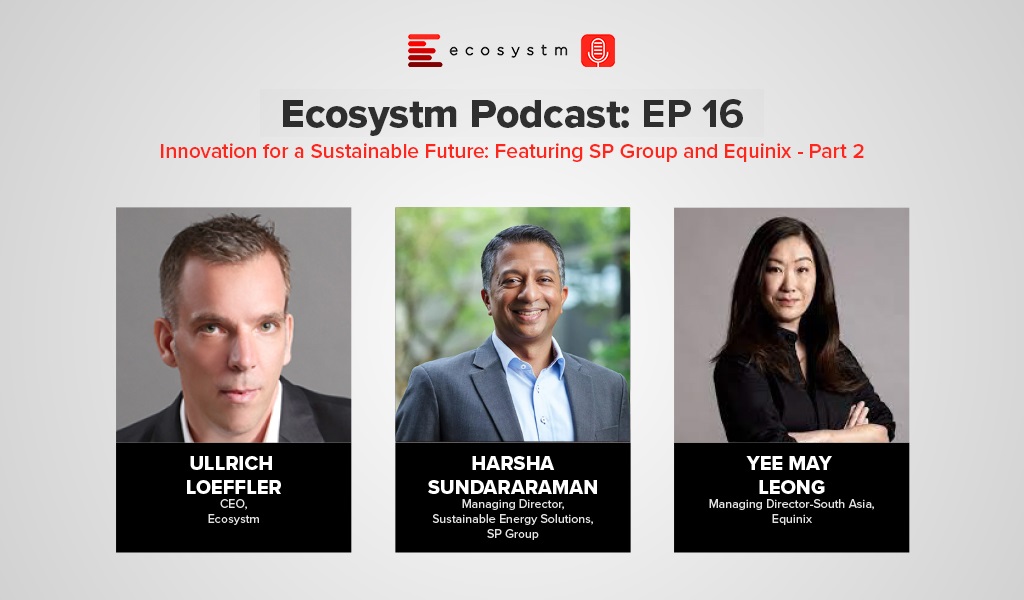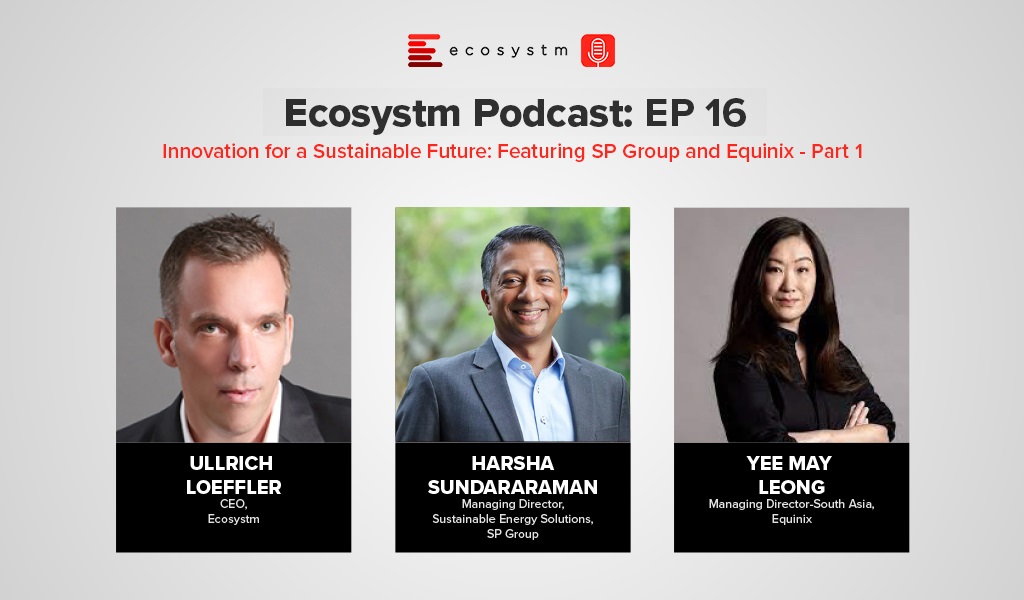
The education sector is evolving rapidly, driven by technological innovation and shifting societal needs. This transformation extends beyond digitisation, requiring a fundamental rethink of how students and employees engage. AI-driven personalisation, immersive virtual environments, and data analytics are reshaping curricula, teaching strategies, and operational efficiency.

Here are recent examples of transformation across the Asia Pacific.
Click here to download “Future Forward: Reimagining Education” as a PDF.
Streamlining Service Delivery
Griffith University struggled with fragmented systems and siloed information, leading to inconsistent service and inefficiencies. Managing support for over 45,000 students became unsustainable, demanding a streamlined solution.
By adopting an enterprise service management platform, Griffith consolidated multiple portals into a single system, automating ticketing, request management, and AI-driven self-service.
Starting with library services, the transformation expanded across IT, HR, legal, and other functions, improving accessibility and collaboration. The impact was immediate: self-service surged by 87%, first-contact resolution jumped by 43%, and incident resolution time dropped by 25%. Call volume fell 31% and email inquiries 46%. Now scaling the platform university-wide, Griffith is streamlining service for students and staff.
AI for Recruitment & Content
The Indian Institute of Hotel Management (IIHM) sought to improve recruitment efficiency and enhance educational content creation. Manual hiring processes were slow and inconsistent, while developing high-quality learning materials was resource-intensive.
IIHM implemented an AI-driven platform to automate candidate assessments and generate accurate, engaging educational content.
This transformation cut interview times by half, improved hiring precision to 90%, and boosted student job placements by up to 30%. AI-generated materials reached 95% accuracy, creating a more effective learning experience. With stronger recruitment and enriched education, IIHM continues to reinforce its leadership in hospitality training.
AI-Accelerated Research
La Trobe University sought to harness GenAI to streamline research operations and accelerate market entry. Researchers faced challenges in accessing university-approved knowledge efficiently, while limited development capabilities slowed the commercialisation of research findings.
By implementing a retrieval-augmented generation (RAG) system, La Trobe enabled rapid, AI-powered access to research data, initially tested on autism studies.
Simultaneously, the university co-developed an AI-driven application to transform research into market-ready solutions faster. AI-driven development reduced time from months to weeks, with core components built in under a week. By leveraging in-house AI tools, La Trobe achieved an 8.7x cost reduction compared to outsourcing. This initiative positioned the university as a leader in AI-driven innovation, bridging the gap between academia and industry.
AI-Driven Personalisation
BINUS University aimed to future-proof its operations and student learning experiences. With GenAI reshaping education, the university sought to integrate AI into administration and teaching to boost efficiency and deliver adaptive, personalised learning.
BINUS has integrated AI across key areas, driving efficiency and personalisation.
AI-powered student intake predictions have reached 90% accuracy, optimising resource allocation across 14 campuses. GenAI automates Diploma Supplement Document (DPI) creation, reducing manual effort and improving accuracy. AI enhances the library system with personalised book recommendations and powers the AI Tutor for faster, tailored academic feedback. AI-driven language learning platforms further boost student engagement.
Unified Digital Workflows
Western Sydney University (WSU) faced inefficiencies from over 32 shared email addresses and paper-based forms, causing delays, poor inquiry tracking, and complicated administration – hindering timely, effective support.
WSU launched WesternNow to replace outdated systems with a unified digital platform, streamlining service requests, enhancing case tracking, cutting manual processes, and improving the user experience for students and staff.
This made WSU’s service delivery more responsive and efficient. The platform drastically improved efficiency, cutting request logging time from over 4 minutes to seconds. Staff tracked and resolved cases seamlessly without sifting through emails. Workflow digitisation eliminated most paper forms, saving time and resources, while consolidating forms into services reduced their number by 40%.

















